At present, our country is very concerned about the work of COVID-19 vaccination, and hopes that more people can go to COVID-19 vaccination. At present, there are two types of COVID-19 vaccine, two or three shots. So before you vaccinate, you want to know the difference between three and two shots of COVID-19 vaccine?
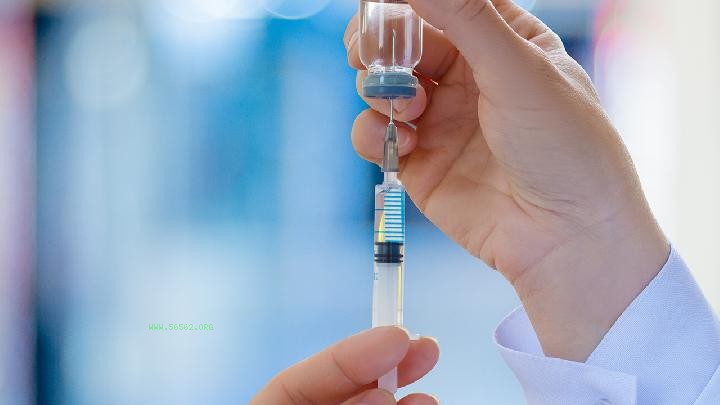
It should be familiar to mention COVID-19 vaccine, which has become an indispensable part of life. After being inoculated with COVID-19 vaccine, it can better enhance its own resistance and effectively prevent virus invasion. But now there are three and two doses of COVID-19 vaccine. What are the differences between three and two doses of COVID-19 vaccine? Let's take a look together with the editor below.
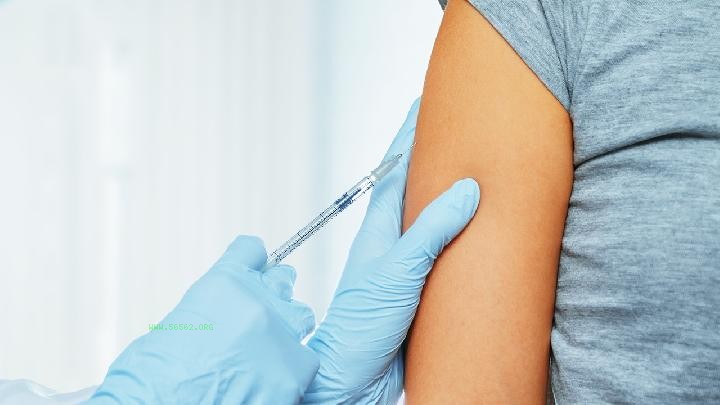
1. There are differences in the procedures for simultaneous vaccination.
The second dose of inactivated vaccine should be administered more than 3 weeks after the first dose and within 8 weeks; The recombinant subunit vaccine requires three doses, with the second dose administered at least 4 weeks after the first dose and within 8 weeks, followed by a third dose administered at least 4 weeks apart and within 6 months of the first dose to complete the immunization program.
2. Different technical routes
The main difference between the two dose and three dose vaccines currently available for mass vaccination is the different technical routes. The second dose vaccine is an inactivated vaccine, while the third dose vaccine is a recombinant subunit vaccine.
Two doses of COVID-19 vaccine are called inactivated vaccine
inactivated vaccine is a vaccine prepared by a series of purification technologies after physical and chemical methods. Its main characteristics are that the composition of the vaccine is similar to the structure of natural viruses, and the immune response is also relatively strong, with good safety. This vaccine is relatively stable, can be stored in an environment of 2-8 degrees Celsius for two to three years, and is easy to transport. Take two injections for immunization.
Three shot COVID-19 vaccine is called Zhifeilong Kema recombinant protein COVID-19 vaccine, which uses DNA recombination technology. After vaccination, most subjects had no adverse reactions, and a very small number of subjects only had mild or moderate mild adverse reactions, mainly pain, dizziness, or induration at the vaccination site. Adverse reactions can generally be cured within 1 to 3 days. Meanwhile, vaccines are effective. After 2 doses of vaccination, 76% of the vaccinated population can produce neutralizing antibodies. After 3 doses of vaccination, 97% of the vaccinated population can produce neutralizing antibodies. Like antibodies, and with high antibody levels, it can reach twice the serum antibody level of recovered patients. Vaccine immunization can also generate a moderate level of T-cell immune response.
The principle and production technology of the two vaccines are very mature. The safety and effectiveness of the two vaccines have been proved by a large number of tests and practices, and both can help the human body to immunize against COVID-19.
Although there are some differences between three shots and two shots of COVID-19 vaccine, there is no problem in terms of vaccination safety. There is no need to worry too much. You should actively participate in vaccination. Only by continuously increasing the number of vaccinated individuals can an immune barrier be established in a shorter period of time.
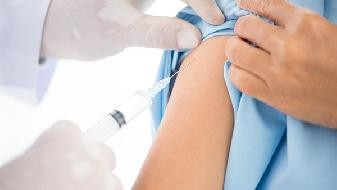

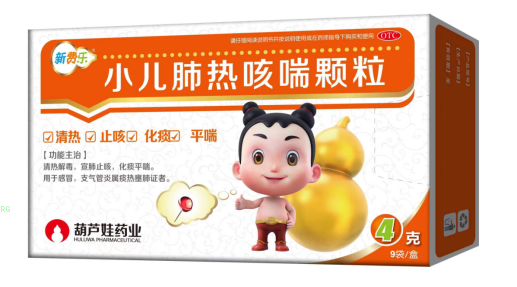
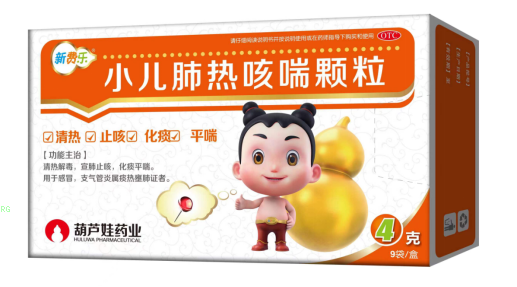
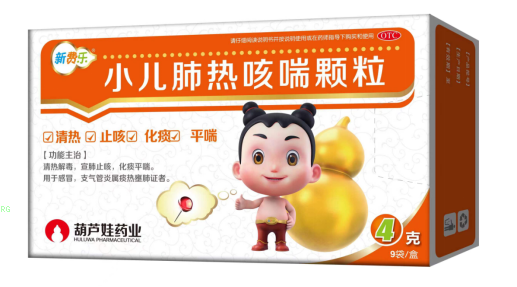


Comments (0)
Leave a Comment
No comments yet
Be the first to share your thoughts!